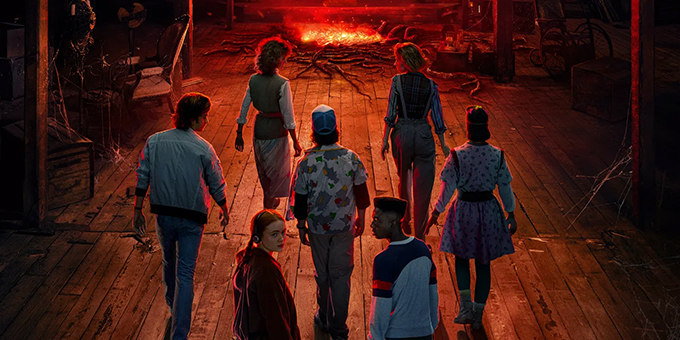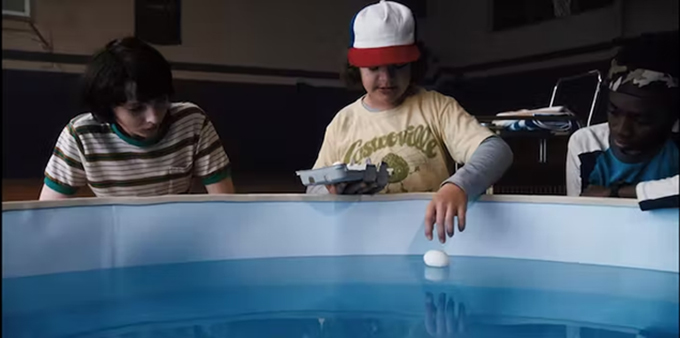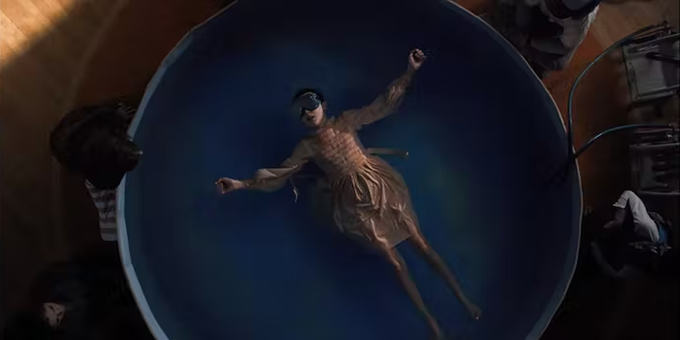 Cinema is a great base of scientific information and can be used as a teaching resource to increase students’ motivation for science.
The sensory impact of moving images usually exceeds that produced by static photographs, which leads to better memory and association reinforcement.
But care must be taken, since its playful nature can make it difficult to apply when there is a lack of rigor in the proposed activities.
Cinema is a great base of scientific information and can be used as a teaching resource to increase students’ motivation for science.
The sensory impact of moving images usually exceeds that produced by static photographs, which leads to better memory and association reinforcement.
But care must be taken, since its playful nature can make it difficult to apply when there is a lack of rigor in the proposed activities.
Science fiction in the classroom
The genre that contributes the most to science education is science fiction. It brings the scientific reality closer to the students taking advantage of their previous ideas. Fiction and science are compatible worlds: fiction feeds on reality and science needs ingenuity and imagination to advance. The first thing is to avoid possible illegalities. According to Article 32.3 of the Spanish Intellectual Property Law , the partial reproduction of audiovisual material for educational purposes is allowed. In other words, we can use all film genres as a teaching resource in the science classroom.Physics and chemistry in series and movies
Examples of series that have brought physics closer to the public are The Big Bang Theory and Lost in Space . The Adventures of Tadeo Jones is a film that connects with the younger audience. A recurring theme is space travel, as in Gravity , Mars or Interstellar , where we find constant references to modern physics. Also, why not, we can include the paths of “the force” from the Star Wars saga . Currently, physics in the cinema is common, but chemistry is camouflaged between images, without significant evidence. However, we find examples such as Bones , a well-documented series based on forensic science, Breaking Bad , whose protagonist is a chemistry teacher, and the movie Fight Club , where the manufacture of soap by saponification is detailed. To adapt the resource to the educational stage, to the time, to the context and to the legislation, we propose to use brief sequences. The selection of these is a critical point. For 4th ESO Physics and Chemistry, we have selected a fragment from the series Stranger Things The use of film material in secondary education is not as common as in university, although there is enough data to prove its advantages.Eleven’s tank
The scene that we propose takes place from minute 22 to 32 of chapter 7 of the first season . The protagonists want to generate a portal so that Eleven, the main girl who has extrasensory powers, can contact a friend trapped in a different reality. Their science teacher explains to them over the phone how to create the right portal: they need to build a sensory deprivation tank with a highly concentrated saline solution. They prepare the solution by adding common salt until an egg floats. Eleven must also float.The challenge
The protagonists have 700 kg of salt, which they have to dilute in the volume of water that enters a children’s pool and at a specific temperature. The children place the pool on a basketball court, fill it with water and add salt. One checks with an egg if the concentration is sufficient by applying the concept of buoyancy and its relationship with density. On the first try, the egg sinks. In everyday life, this phenomenon is observed when cooking an egg. However, after adding more and more salt, he exclaims… “Eureka!” The egg floats. “Eureka!” is the expression attributed to Archimedes of Syracuse when he discovered that every body immersed in a liquid experiences a vertical and upward thrust equal to the weight of fluid displaced. If this push counteracts the weight of an object, the object floats.
Dustin, Mike and Lucas check that the egg floats in salt water. Stranger Things. Netflix

Eleven floats in a pool of water and common salt. Stranger Things. Netflix